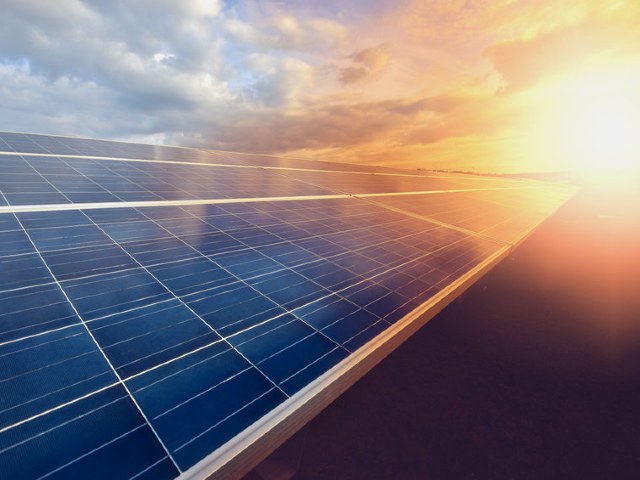
Image by oundum on 123rf
British energy company Savannah Energy PLC, via its subsidiary Savannah Energy Niger Solar Limited, has signed an agreement with the Government of the Republic of Niger for the development of two solar PV plants.
The proposed solar plants will be located within 20km of the cities of Maradi and Zinder in southern Niger.
Each plant is expected to have an installed capacity of between 50 and 100MW, for a total installed capacity of up to 200MW.
The projects are expected to increase the country’s grid-connected power by over 20%, according to Savannah Energy, and will avoid an estimated 260,000 tonnes of CO2 emissions per year.
The solar plants will be connected to the south-central section of Niger’s electricity grid, which is forecast to be interconnected to the western electricity grid zone by 2026, as part of a World Bank-funded project.
Feasibility studies are currently underway and will be completed within the next 12 months. The first power is expected between 2025 and 2026.
His Excellency Ibrahim Yacoubou, Minister of State for Energy and Renewable Energies for the Republic of Niger, said: “These projects come in addition to the up to 250 MW Parc Eolien de la Tarka, the wind farm project signed with Savannah last year, which has strong momentum and is expected to start construction in 2024.
“These projects are crucial for Niger’s economy, potentially improving the lives of millions of Nigeriens by providing them with life-changing benefits from energy access.”
Currently, the government of Niger is focused on increasing energy access in both rural and urban areas. Also, the country is encouraging the growth of renewable energy, aiming to reach 57% in the energy mix by 2030.
Niger is well known for its hydrocarbon potential, which although under-explored, has been the driving force behind economic development, according to Savannah Energy. Research conducted in recent years has helped to increase the level of Niger’s oil reserves significantly, with current estimates of 3,754 million barrels of oil reserves in place and 957 million barrels of recoverable oil reserves.
Market analysts EnergyData highlight that according to the country’s National Renewable Energy Action Plan (2015), renewables (including hydro) were to account for 51% of the installed capacity by 2020 and 58% by 2030; however, the 2020 target was not reached, with renewables representing only 8% of the capacity at end-2020.